The Scottish Centre of the Chartered Institution of Wastes Management held a sell out session on the Scottish Zero Waste Plan at the end of April in the City of Stirling. The main presentation was from Stephen Pathirana of the Scottish Government but there were several other related presentations focusing on zero waste.
Mr Pathirana, who in 2006 undertook the then DTI's assessment of its two failed attempts at the implementation of the EU WEEE Directive and who now works for the Scottish Government outlined the Next Steps to a Zero Waste Scotland. There is a parliamentary debate planned for 12 May to be initiated by the Environment Minister, Richard Lochead and the report is due to be published at the end of May.
Mr Pathirana stated that the Government's mission was a zero waste Scotland and their vision was to focus on resources not waste. This programme therefore fits in with other aspects of Government policy, such as: promoting sustainable economic growth, minimising environmental impacts and contributing to climate change mitigation.
Mr Pathirana outlined four areas of action to move towards a zero waste economy:
• Resource streams
• Economic opportunity
• Resource management sector
• Awareness and education.
Some specific actions under the Resource Streams heading have already been taken such as the re-branding of Envirowise to the Zero Waste Programme. Further proposals for extended producer responsibility are “not an immediate priority”, the waste prevention programme will be set out later in the year and while the landfill bans and associated resource and ancillary requirements will be out to consultation “soon it will be 2016 or 2017 before they will take effect”.
There were inevitably many questions and comments following Mr Pathirana's presentation. One set focused on the recent change in the definition of MSW and the fact that the Scottish government had stated that Scotland had already met both the 2010 and 2013 landfill diversion targets. This had the effect of making diversion from landfill less urgent in the eyes of local politicians.
In addition, there was the perception that replacement facilities were not needed urgently so that despite positive recommendations from officers local authority members were turning down planning applications. Therefore the infrastructure for alternative waste treatment facilities will not be established in time to realise the zero waste strategy.
Organics
There were several comments about organic wastes including the current ban north of the border on even selected and certified waste based composts being used for agricultural production, which would clearly inhibit the establishment of AD and IVC plants despite of the environmental advantages of reducing the use of fossil-based fertilisers, as stressed by Mr Pathirana in his presentation. So until that is resolved perhaps hospitals and other large institutions ought not to be prevented from flushing their food wastes to sewer as one participant proposed. In Vienna and many other mainland European locations it is these institutional sources that are the first priority for their AD plants and household kitchen wastes are a low priority.
There was also the potential conflict between the importance to be accorded food waste prevention compared with the collection of food waste from households given the many other environmental advantages that preventing food waste can bring.
From later discussion there was also concern about the logic behind the 25% cap on energy recovery included in the zero waste strategy. In particular the question as to what does this include and exclude, is AD included, the energy products from MBT facilities or fuel from waste processing.
Earlier Mr Pathirana had noted that “anything will be cheaper than landfill in future” but while that energy from waste was still needed he was certain that resources could be diverted from these facilities in the longer term future.
The future of the Scottish Landfill Allowance scheme was also questioned, particularly in the current context of its suspension by the Scottish Government. Because of the MSW redefinition there will also be a need to reassess the system. Mr Panthirana suggested LAS may in future “become unnecessary because other mechanisms were increasingly important”.
Progress
Jim McBrier, the waste projects and communications team leader for Stirling council explained the progress with the City's drive towards zero waste. The city has a population of 88,350 in 37,555 households and generates 40,000 tpa of household waste and 52,000 tpa of MSW, using the old UK definition.
In 2001/02 it was recycling 8-10% of its household waste when the city took the decision to opt for an AWC collection regime using a three bin system: for recyclables collected weekly and source segregated at the kerbside, green waste and cardboard collected fortnightly and residual waste also collected fortnightly. The Stirling AWC system was introduced in 2002.
Stirling is currently collecting for recycling around 40% of its household waste and has targets for 50% for 2011, 60% in 2020 and 70% in 2025. Stirling has embarked on a number of measures in order to raise its recycling levels and crucially to remove biodegradable municipal waste from the waste stream. It has started food waste collections, on offer for up 25,000 households now but with the rest of Stirling's households to be brought on stream later this year.
The city's collection system for its kitchen waste is using the same equipment as for other recyclable waste, stillages used for the separation of the different recycles at the kerbside. Now one of the 10 stillages is used for the 10kg caddies handed out to those households that have volunteered to collect this waste stream present each week for collection at the same time as other recyclable wastes. This has kept down the cost of collection compared to other schemes for handling food waste from household sources.
The city's kitchen waste collection amounts to only 60 tonnes a month, around 0.6kg per week for every participating household. However the fact that the caddies are small means that there is only a limited amount that can be potentially presented for collection each week. Also there is strong evidence that segregating this waste stream reinforces the 'Love Food Hate Waste' message The kitchen waste is sent to an in-vessel composting plant and costs £90 per tonne for treatment, slightly more than the current cost of landfill.
The city operates three household waste recycling centres, all of which have recently been upgraded to try to encourage the maximum separation of recyclable wastes brought in. The most recently modernised site offers the opportunity for residents to segregate 21 different waste streams.
The HWRCs also provide local residents free compost made from the green waste and cardboard collected from them every 2 weeks. Although the compost reaches PAS 100 there have been times in the past when that quality standard was threatened by masking tape and sellotape left with the cardboard. Jim McBrier thinks that offering the residents the compost encourages lower contamination and is part of the philosophy of “producer responsibility at the household level” influencing a lot of the city's actions over waste.
Communciation
Therefore a lot of emphasis has been placed on communications, including most recently the use of electronic data capture at a community level and web-based information at a community level. The web based system has been especially useful in connection with the very adverse weather conditions in December and January so that residents were able to access information about their forthcoming or non-existent collections.
Recycling promotions have been run at a community level through two staff specifically employed for this type of local communication, door knocking. In one area the door knocking has succeeded in reducing the residual waste from 0.52 t/hh/yr to 0.41 t/hh/yr, a 20% reduction or 100 tonnes, apparently done at cost of £1.30 per tonne.
In a further development Stirling may introduce a three weekly collection of residual waste in one community perhaps as early as autumn 2010 in order to assess what effect this may have in generating greater efficiency for waste collection.
Stirling council has not been afraid to use the threat of legal sanctions in order to secure greater compliance with its waste ambitions. Tacking the problem of “excess” waste is a problem faced by all local authorities. In Stirling enforcement was undertaken using section 88 of the Environmental Protection Act 1990 (EPA), a section focusing on littering, even to ensure that lids of the residual waste bins were properly closed. In the Raploch community this reduced the residual waste presented from 0.58 t/hh/yr to 0.55 t/hh/yr but although the reduction was limited it worked to ensure lids were closed.
For the future Stirling council is planning the use of s46 EPA to ensure presentation of the waste through proper waste segregation, which the local Procurator Fiscal seems happy to accept. In addition, for effective segregation of organics into the brown bin the council is to use s33(1)(c) of the EPA, normally the provision in prosecutions one would associate with fly-tipping!
In the longer term Stirling is contemplating the use of a dirty MRF system in order to generate more recyclable waste as an adjunct to ensuring a more satisfactory solution for its residual waste reclamation. Extensive experience has shown that only 3-4% of additional waste can be added for recycling through these measures so Stirling needs to ensure a sound solution for the recovery of the remaining wastes.
Zero waste communities
It was refreshing to find someone prepared to look at the basic requirements of what is required to establish a zero waste community without a single reference to what Defra has determined will be supported under that heading. Pauline Hinchion from the Community Recycling Network for Scotland thought that through a combination of political will, legislation and finance provision now available for community initiatives that zero waste communities might be encouraged.
Pauline Hinchion noted that there were enormous barriers to positive engagement to the enhancement of the environment and recycling at a local level. For those living in the most deprived communities the environment and recycling were not a priority and where environment means littering and dog dirt.
Understanding of how the social rented system works was essential. Also language both in the context of terminology and appreciation that a there was often a high proportion of non-English speaking people caused difficulties. The promotion of recycling and environmental concern too often looked like middle-class meddling or preaching.
The importance of resource respect was emphasised by Pauline Hinchion but how can you ensure the appreciation of the intrinsic value of resources? Cash was the main answer and Ms Hinchion praised one Welsh council that offered cash back for participation in recycling. In Ms Hinchion's view ownership aspects of waste therefore needed to be clarified in order to make people appreciate its resource value.





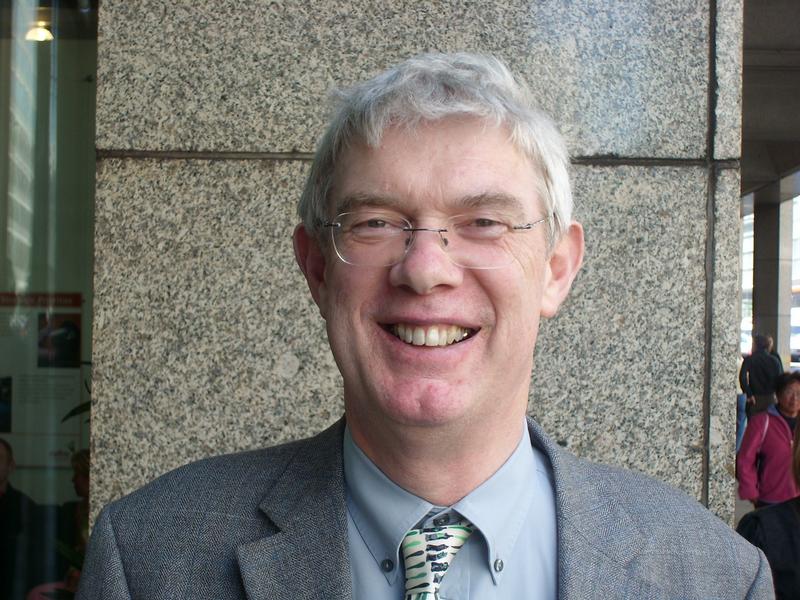
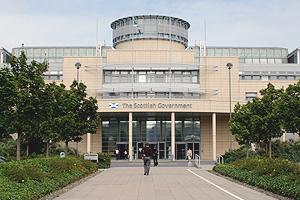
@large.jpg)
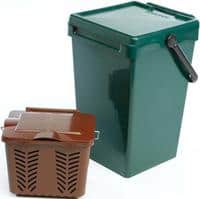

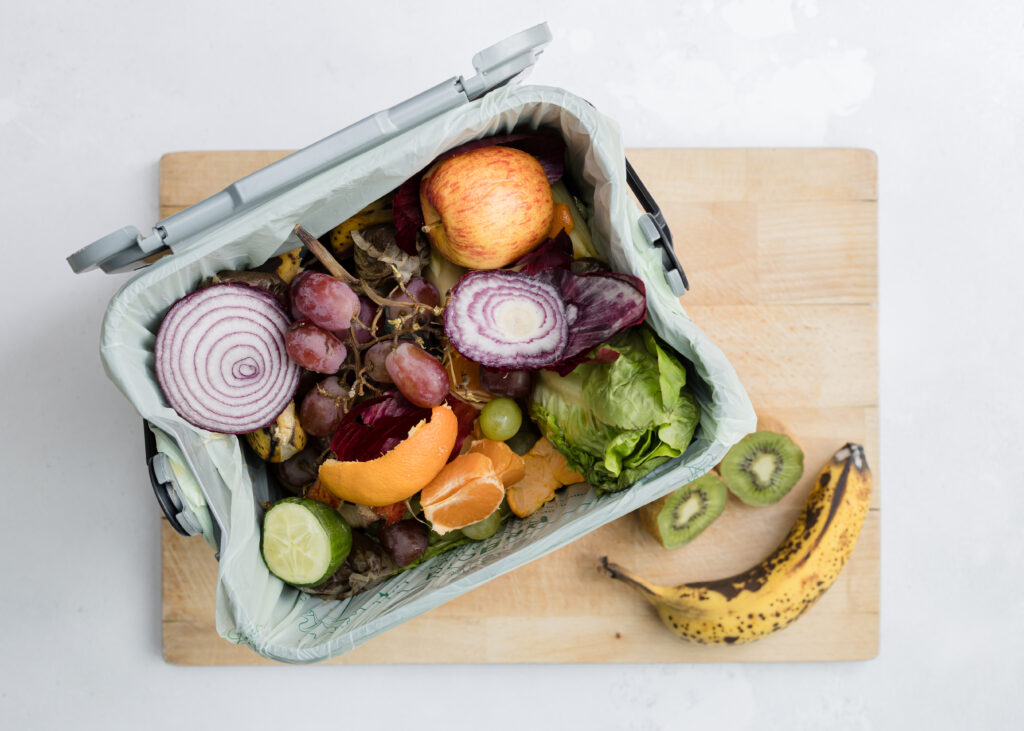

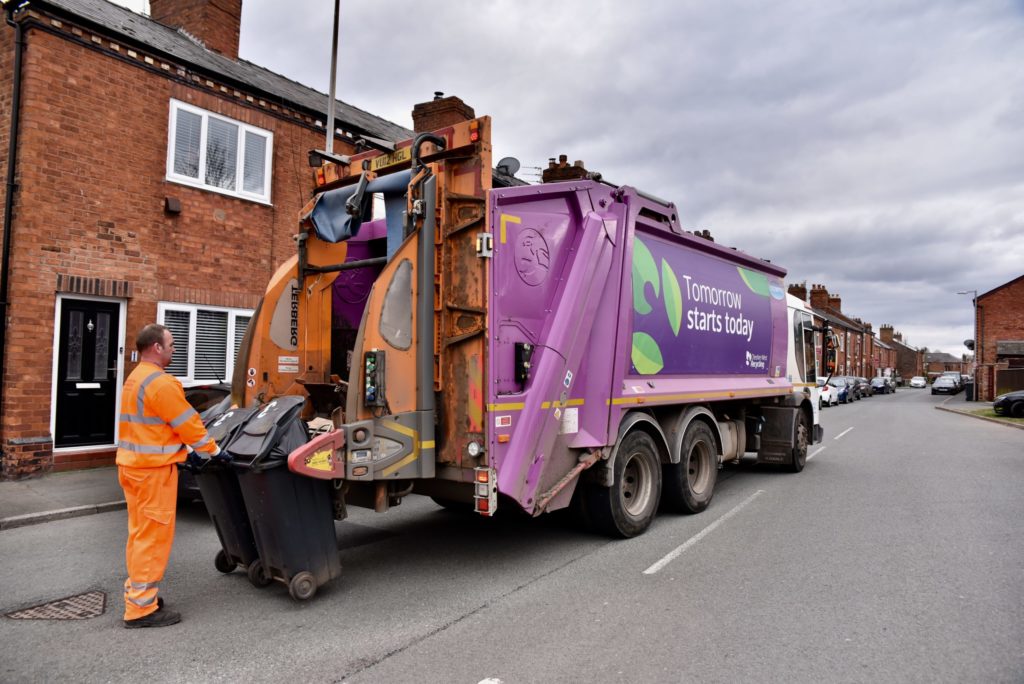


Subscribe for free